This post may contain paid links. See more info on my privacy page.
Whether you're a fan of super juicy medium-rare burgers or hot and crispy well-done patties, my handy Burger Temperature Chart is for you! It will guide you to cooking the perfect burger, with tips and tricks for safe cooking practices and cooking times for every cooking method.
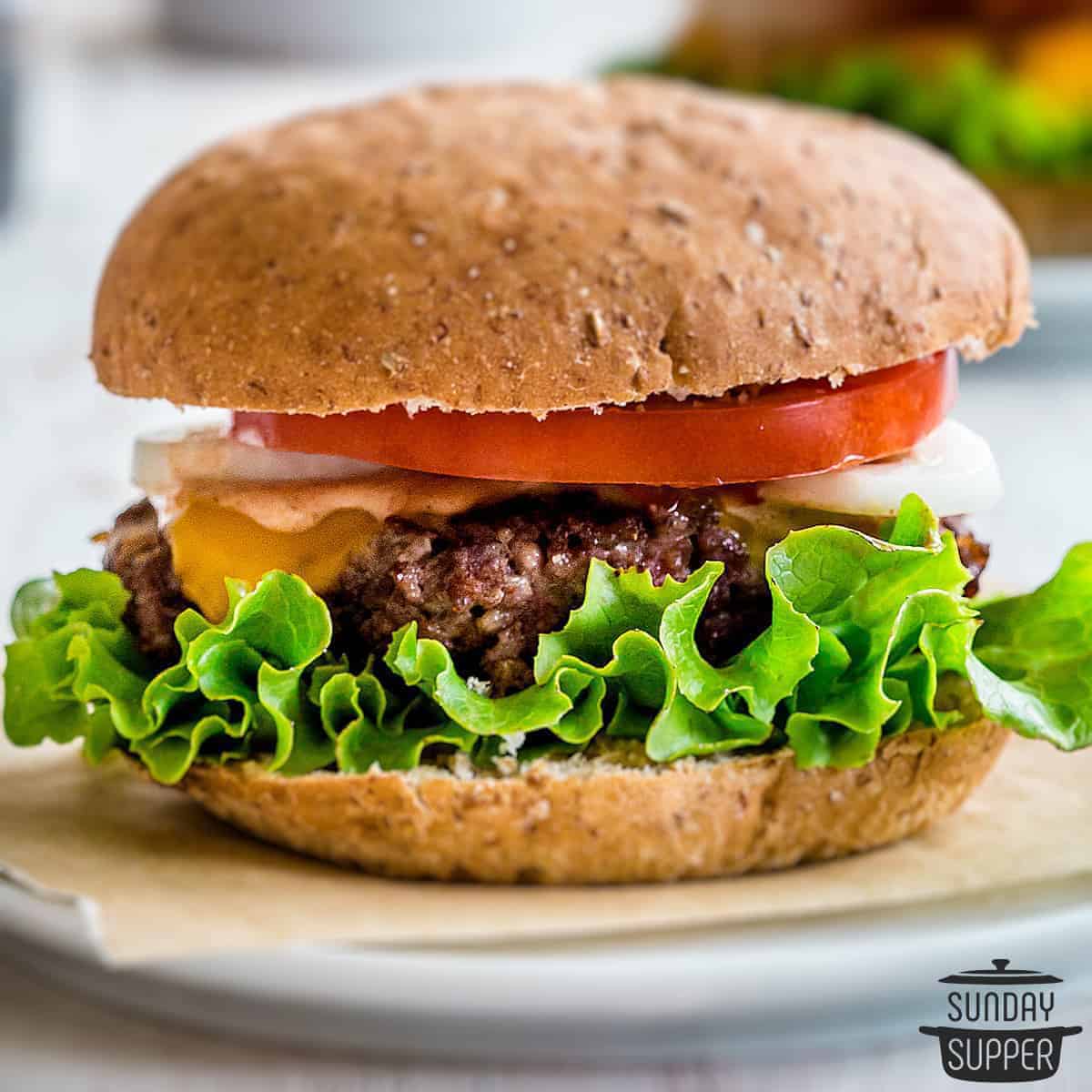
Jump to:
- Ground Beef Temps
- Burger Temp Chart
- Hamburger Ingredients
- How Long to Cook Burgers on the Stove
- Pros and Cons to Stovetop Burgers
- How Long to Grill Burgers
- Pros and Cons to Grilling Burgers
- How Long to Air Fry Burgers
- Pros and Cons to Air Frying Burgers
- How Long to Smoke Burgers
- Pros and Cons to Smoking Burgers
- How Long to Bake Burgers
- Pros and Cons to Baking Burgers
- Beef Temperature Guides
- Burger Temperature FAQ
- Tips for How to Cook Burgers
- Easy Burger Recipes
- Reviews
Ground Beef Temps
Cooking the perfect burger is a practiced art! My family can't go a week without burger night, so I've had plenty of time to learn how to cook burgers to their exact specifications. And let me tell you, as simple as burgers sound, it takes a lot of time and practice to get them just right.
The secret? There's more than one! But the most important of all is measuring the internal temperature with an instant-read thermometer. It's the only way to get an accurate reading and a perfectly juicy burger patty!
Cooking burgers right isn't just about taste, either. You want to make sure you cook it properly to keep your family safe from bacteria, so I've included all the best tips for how to cook the perfect burger safely and easily!
Burger Temp Chart
| Doneness | Temperature | Appearance |
|---|---|---|
| Rare Burgers | 120-125°F | Bright red center |
| Medium-Rare Burgers | 130-135°F | Pink center |
| Medium Burgers | 140-145°F | Light pink center |
| Medium-well Burgers | 150-155°F | Mostly brown, slightly pink center |
| Well-done Burgers | 160-165°F | Brown throughout |
Remember to always use a meat thermometer while cooking meat! Insert the probe into the thickest part of the burger to get an accurate reading. For cooking methods such as smoking, use a probe thermometer to get temperature readings continuously.
Important Note: Every cooking time listed below will be for medium-rare burgers. Adjust as needed according to your preferences.
Isabel's Top Tip
If you plan on cooking burgers rare or medium rare, make sure you're using very fresh ground beef! Use it as quickly as possible to reduce any chance of bacterial growth. Don't leave those patties sitting. Form and cook them right away!
Hamburger Ingredients
- Ground Beef: I find that 80/20 makes for the best burgers! You want to have ground beef that isn't too lean, or else the burgers can turn out dry. If you have the means, grinding your own brisket makes the best burgers ever.
- Burger Seasoning: Seriously, I can't recommend trying my homemade burger seasoning enough. It's not just super simple and easy, but will totally transform burgers into a whole new world of flavor.
- Salt & Pepper: The only extra seasoning you need is salt and pepper to adjust the flavor to your liking! I recommend kosher salt or sea salt flakes.
What Not to Add to Hamburgers
Breadcrumbs: While they're a great choice for meatballs and other ground beef recipes, hamburgers don't cook for long enough to need extra ingredients to keep them fluffy. Just properly mixing the beef will make it nice and soft.
Vegetables: While grocery stores love selling "deluxe" burgers with chopped veggies added, the cooking requirements for onions and bell peppers are wildly different than ground beef, resulting in crumbly burgers with uncooked chunks of vegetable.
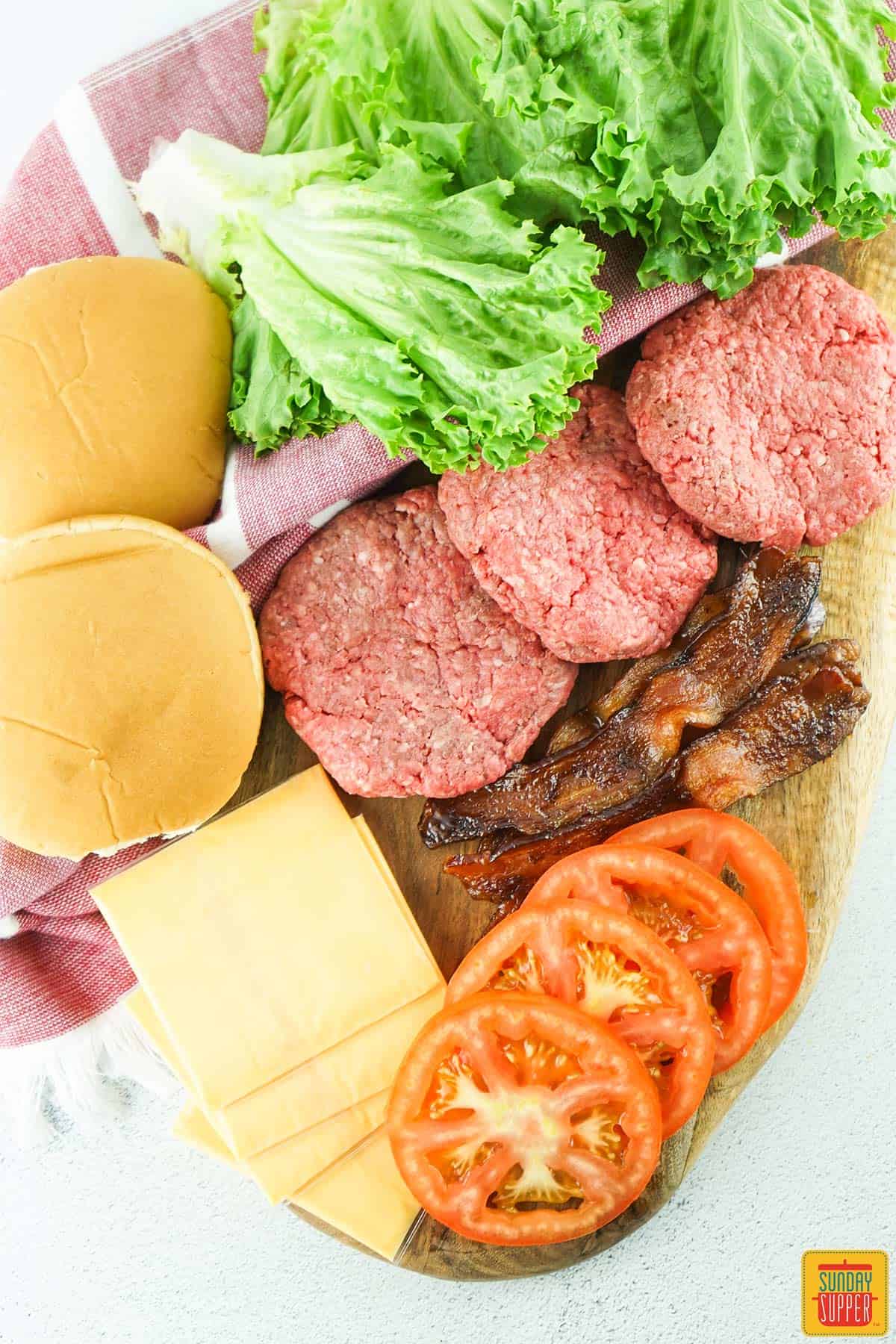
How Long to Cook Burgers on the Stove
1: Heat the Pan
Set the stove to high heat, and warm up a grill pan or cast iron skillet. Add a little oil.
2: Add Patties
Place the chilled burgers on the skillet and add burger seasoning. Cook for 5 minutes, or less if covering the pan.
3: Flip Burgers
Flip once the burgers come free from the pan easily, and cook another 5 minutes.
4: Rest & Serve
Remove from the heat when they're 5 degrees under the desired temperature, let rest for 5 more minutes, and serve!
Hamburgers on the stove can be just as delicious as on the grill! I highly recommend using a cast iron pan for that perfect sear. Use high heat, but be warned, hamburgers on the stove are messy and will spatter. If you want to avoid the mess, cover the pan with a grease screen or lid and adjust the cook time accordingly! Make sure to sear the burgers properly first if you do this.
Pros and Cons to Stovetop Burgers
The stove makes burgers easy year round with minimal prep! Plus, making them on the stove means you can make all sorts of toppings like Sauteed Mushrooms or Caramelized Onions!
However, pan-seared burgers are also very messy and you're limited to making only a few at a time, depending on the size of your pan. To reduce mess, try using a grease screen! I got one and it's saved me a ton of work cleaning the kitchen after cooking burgers or steaks.
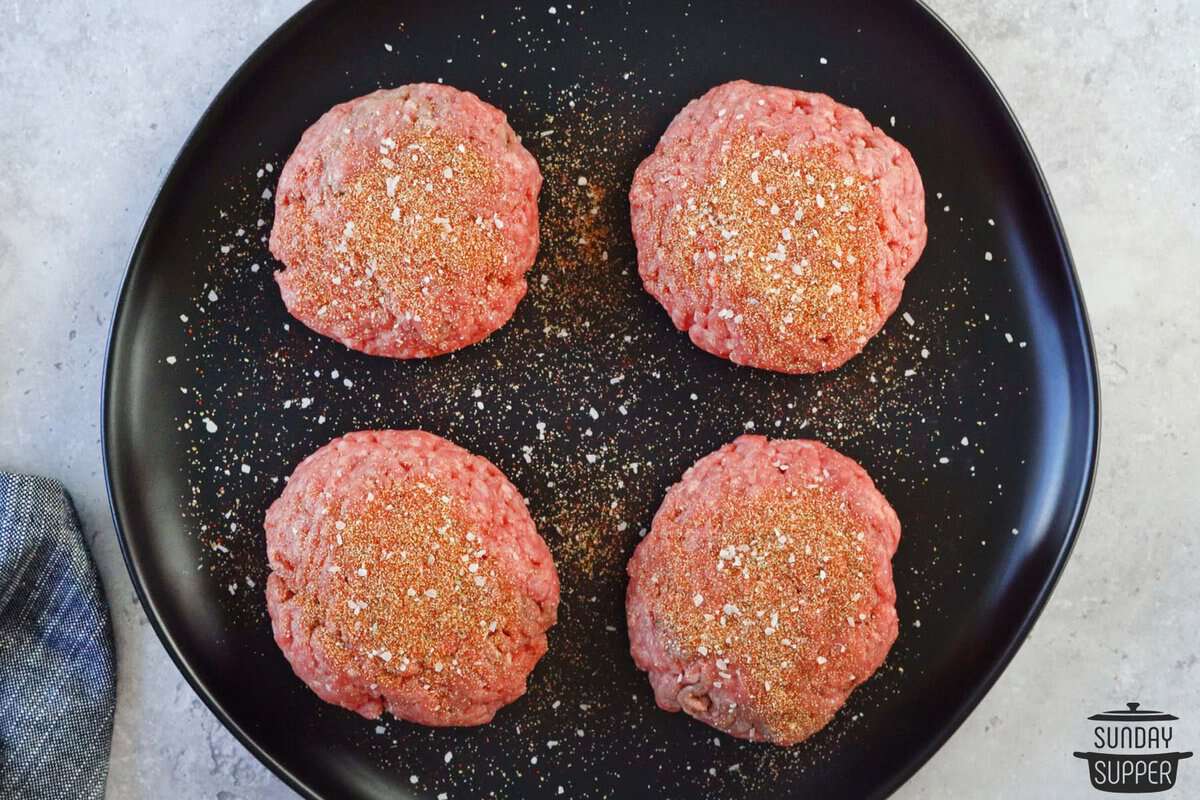
How Long to Grill Burgers
1: Heat the Grill
Clean the grill, then heat it to high heat.
2: Add and Season Patties
Add the chilled patties, and let cook for five minutes. Do not touch them as they cook! While they cook, sprinkle them with seasonings.
3: Flip Burgers
Flip after five minutes, once they don't stick to the bars. Cook another five minutes.
4: Remove and Rest
Remove from the grill once they're 5 degrees under the desired temperature, and rest for five minutes.
- Rare burger grill time: About 7 minutes
- Medium rare burger grill time: About 10 minutes
- Medium burger grill time: About 12 minutes
- Medium-well burger grill time: About 15 minutes
- Well-done burger grill time: About 18 minutes
Grilling burgers is a classic for a reason. A charcoal grill, or even a propane grill, will add tons of smoky flavor that a pan or oven cannot. Plus, if you're working with a charcoal grill, you can make one side of the grill hot and one cold for a two-stage cooking method, letting the nearly at-temp burgers rest in the cool zone until ready to serve!
Pros and Cons to Grilling Burgers
Grills are a bit more work to clean and require appropriate weather, but have the hands-down best flavor. Be very careful when grilling high-fat burgers, as the dripping juices can cause flare ups.
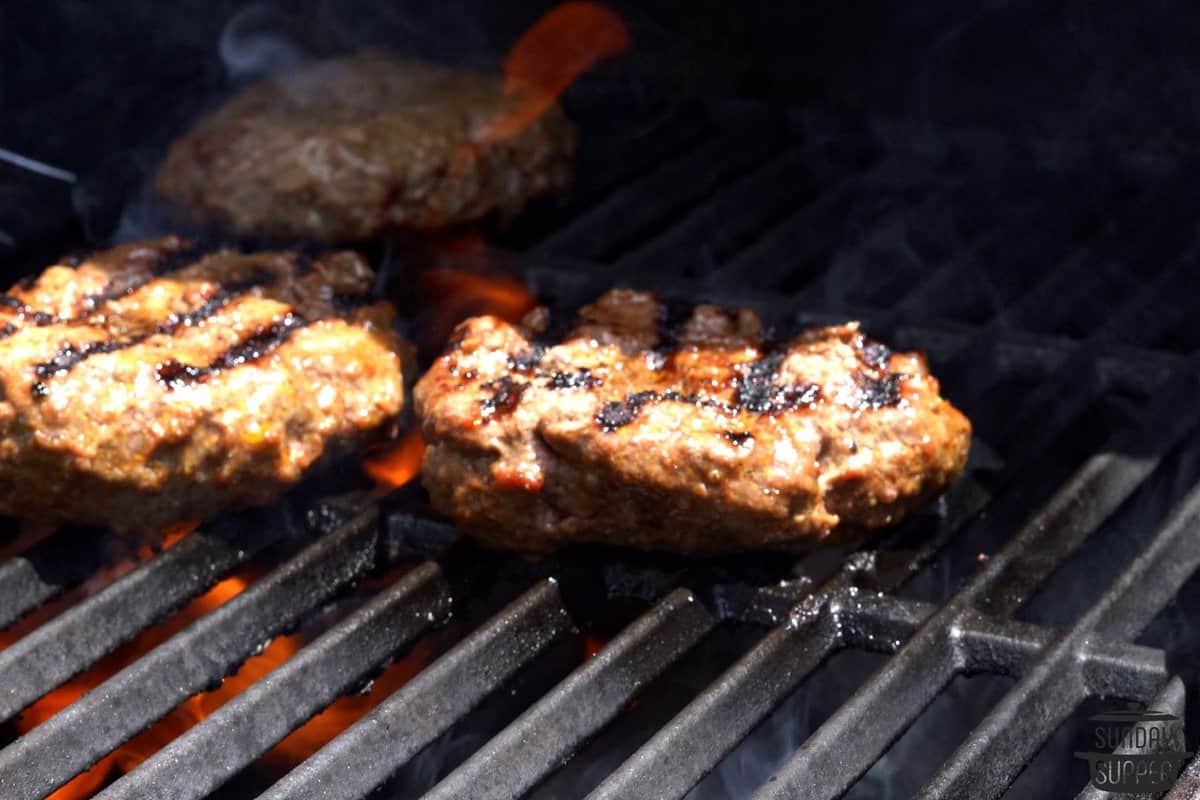
How Long to Air Fry Burgers
1: Preheat Air Fryer
Preheat the air fryer to 360 degrees Fahrenheit, then place the chilled patties in the basket so they're evenly spread apart and not touching.
2: Season and Cook
Season with burger seasoning, then cook for 7 minutes.
3: Flip Burgers
Flip the patties carefully, seasoning the other side, then cook another 7 minutes.
4: Remove and Rest
Remove from the air fryer, let rest for 5 minutes before placing on the hamburger buns, then serve!
If you want an easy, mess-free, hands-off burger experience, there's nothing like the air fryer! No spattering oil and an easy-to-clean basket makes air frying one of my favorite ways to cook burgers. Plus, it's super consistent; you'll always get the same results, making it super easy to change up the cook time to get the desired doneness.
Pros and Cons to Air Frying Burgers
Air frying burgers is clean, convenient, and reliable! However, the air fryer won't give you a crispy crust like a skillet or grill. To ensure the best possible flavor, I recommend adding seasonings and flavorings like my Garlic Butter Burgers!
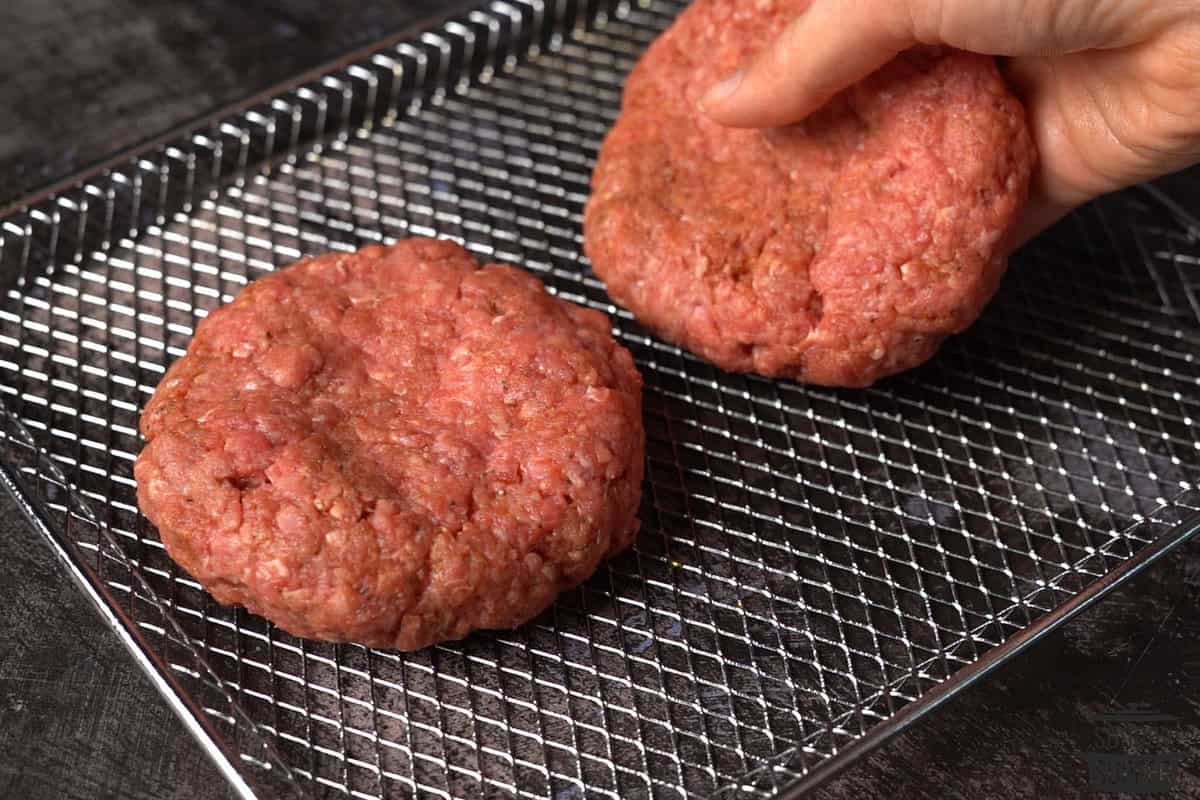
How Long to Smoke Burgers
1: Heat Smoker
Preheat your smoker to 500°F, then add the chilled patties. I find half-inch thick patties are perfect for smoking.
2: Season and Smoke
Add the seasonings to the outside of each burger, then close the lid, and smoke for 10 minutes.
3: Flip Burgers
Flip the burger patties, season the other side, and smoke for another 10 minutes.
4: Remove and Rest
Remove the patties from the smoker and let rest for 5 minutes, then serve and enjoy!
If you have a smoker, you have to try making smoked burgers! It's easy, fast, and offers incredible flavor unlike any other cooking method. Once you learn how to smoke burgers, you'll be like me, cooking them all the time!
Pros and Cons to Smoking Burgers
Much like baked or air fried burgers, smoked burgers won't form a seared crust. It's also more difficult to check the internal temperature, as you're not supposed to open the lid of a smoker often! However, it makes up for it with the unforgettable and unique flavor of smoked beef.
How Long to Bake Burgers
1: Preheat the Oven
Preheat the oven to 425˚F, and line a baking sheet with parchment paper or foil. Then place a metal drying rack on the baking sheet.
2: Bake the Burgers
Place the burger patties on the rack and season liberally. Place in the oven, and cook for 7 minutes.
3: Flip the Burgers
(optional) Flip the burgers, and season the other side. Place back in the oven and cook another 5-7 minutes.
4: Remove and Rest
Remove from the oven, and let rest on the drying rack for five minutes. Then serve and enjoy!
Baking burgers means you can make a ton of them all at once, without any mess at all! It's one of my favorite ways to make burgers for a crowd when the weather isn't good for grilling. Plus, baked burgers might just be the easiest method ever; you don't even really need to flip the burgers to have them turn out perfectly!
Pros and Cons to Baking Burgers
Baking burgers is extremely mess-free and hands-off, and a great way to cook lots of burgers all at once! However, baked burgers won't get sear marks or that delectable crust. It can also be harder to bake burgers to temperatures below medium.
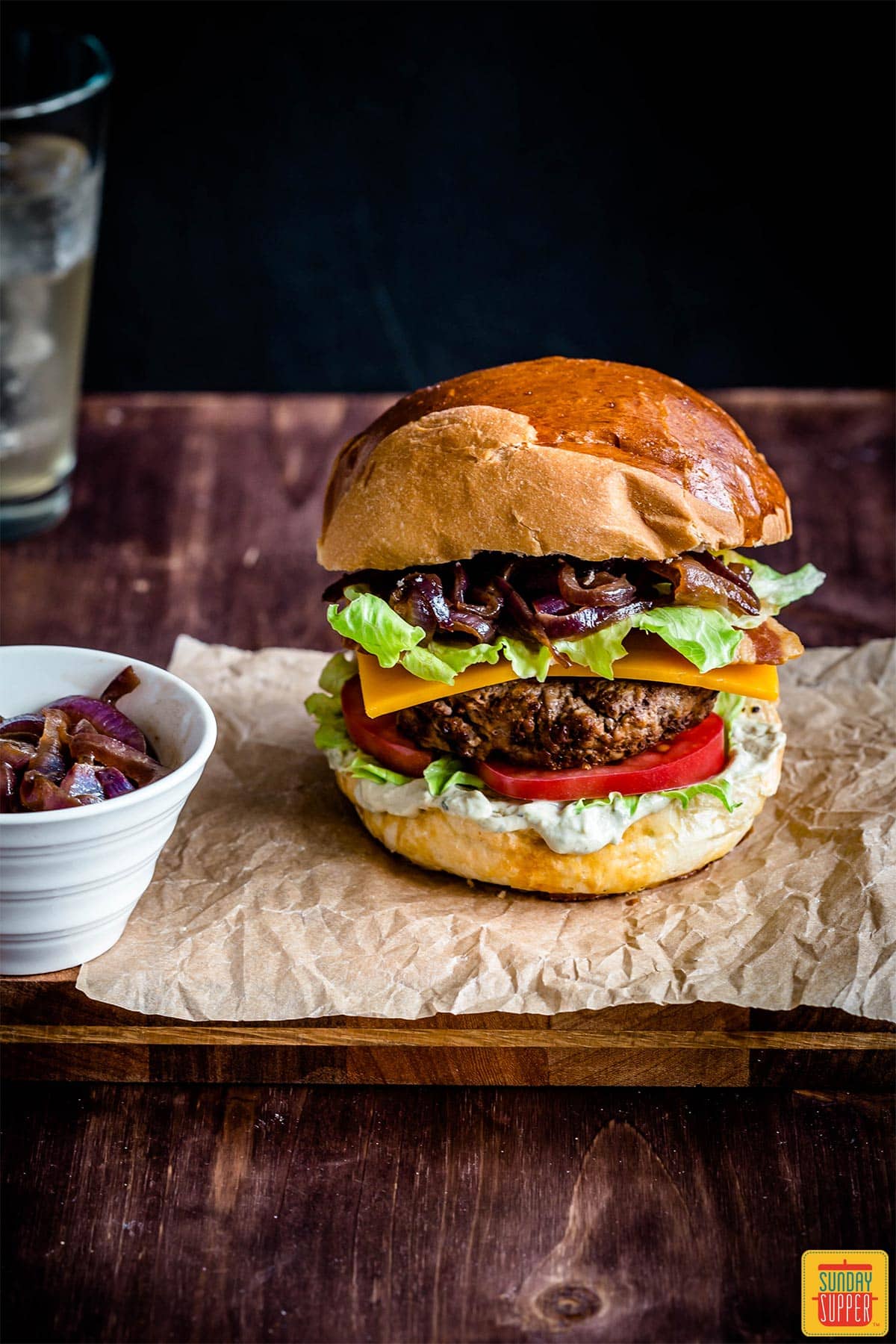
Beef Temperature Guides
Burger Temperature FAQ
The USDA recommends always cooking ground beef to 160°F, which will result in a well done burger. Cuts of beef, however, are recommended to be cooked to 145°F. This difference is because ground meat has a far greater surface area for possible bacterial infection to set in, while steaks and other beef cuts only really need to have the surface fully cooked to ensure that they're food safe.
The absolutely safest way reduce the chance of food-borne illness is to make your own ground beef with brisket. This ensures that the ground beef is as fresh as possible, with practically no time to gather bacteria. When using store-bought ground beef, keep it in the fridge or freezer until you're ready to get cooking, and cook it immediately after taking it from the fridge. Make sure to clean often to avoid cross-contamination!
No, these temperatures are only appropriate for beef. Pork, turkey, chicken, and lamb will all have a different minimum safe temperature, so be sure to check before cooking!
Tips for How to Cook Burgers
- Don't add in vegetables! Grocery stores like to sell "deluxe" burgers with chopped vegetables, but in my experience, all that leads to is uncooked chunks of veggies in burgers that crumble apart. Save the vegetables to be tasty toppings like my sauteed peppers and onions!
- Don't trust other methods of checking the temperature. There are plenty of non-thermometer methods out there like finger-pressure and others, but the only truly accurate way to judge temperature is with an instant-read thermometer.
- Make sure to keep your surfaces clean! Wash your hands with soap and water after handling the raw meat, and make sure your utensils are rinsed after touching uncooked meat with them.
- If your meat isn't super fresh, cook the burgers well. Everyone loves a medium-rare burger, but if the meat isn't super fresh, cook it to medium or medium well to ensure it's completely safe.
- Higher fat content meat shrinks more. For 70/30 beef, you'll need to make thicker, larger patties to account for how much of the volume will melt out.
- Smash burgers will always be cooked to well-done. These super thin patties need to be squashed flat and then cooked crispy, so there's no option for anything but a super well-cooked smash burger!
- Try not to poke the beef too many times with the thermometer probe. Each time you do, juices will be released from the beef. Keep it to just a few checks to try and retain as much juiciness as possible.
Easy Burger Recipes
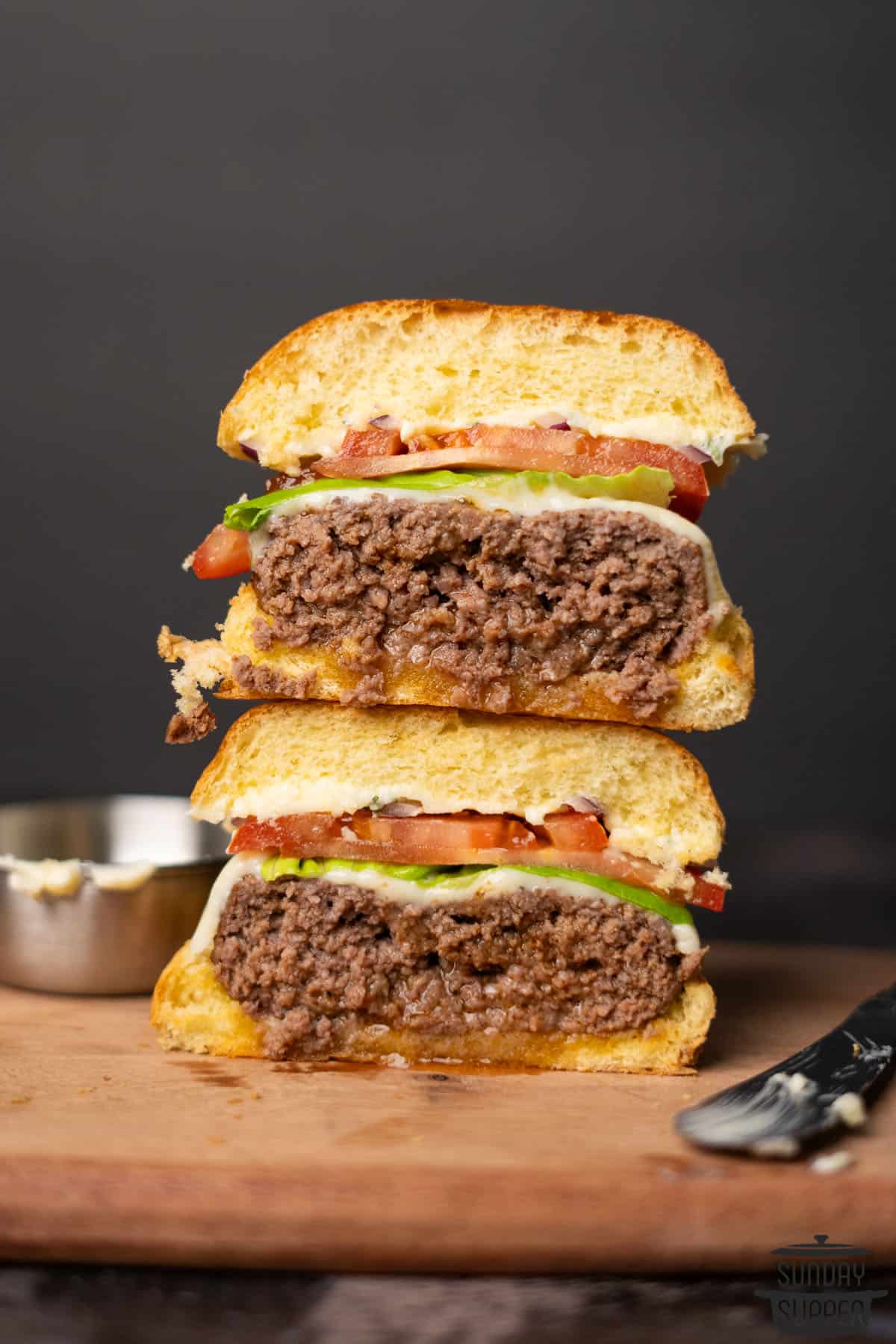
If you enjoyed the recipe, leave a comment and a rating below!


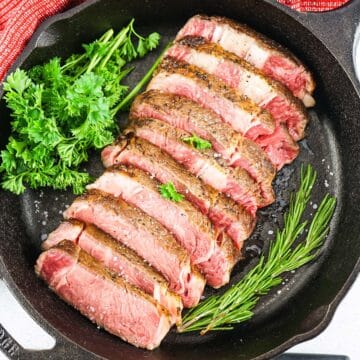
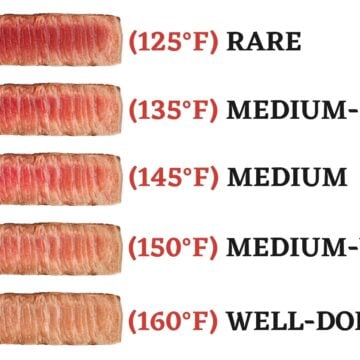
Comments
No Comments